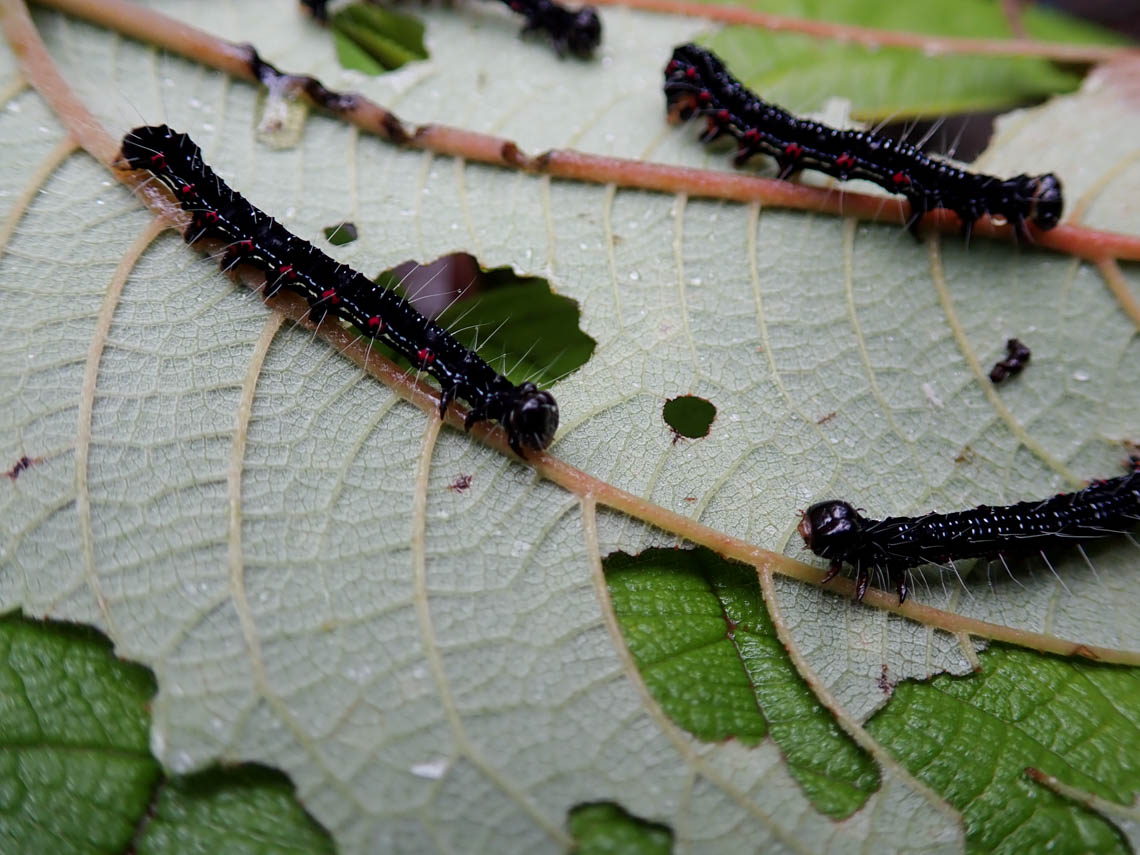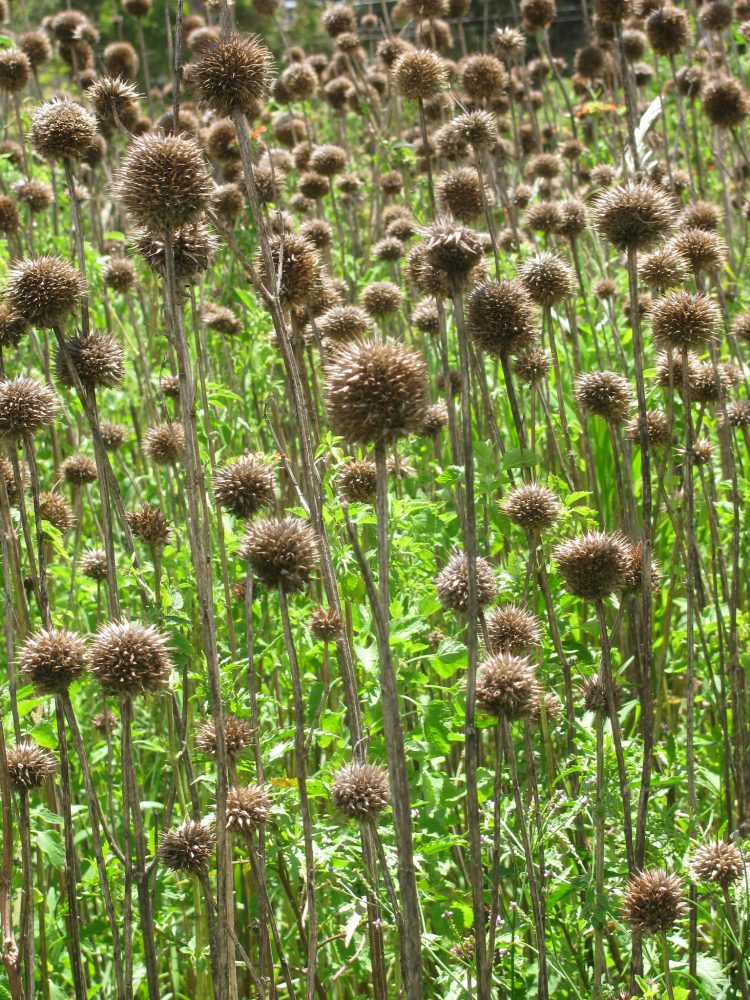In 2018, an invertebrate biologist discovered an unfamiliar black caterpillar feeding on a māmaki plant in Olowalu Valley. Experts confirmed…
Read More
Kia'i Moku Column
Ki’ai Moku: ‘Ōhi’a Seeds from Resilient Trees May Hold the Key to Stopping Rapid ‘Ōhi’a Death
Rapid ‘Ōhi’a Death (ROD) was detected in three landscaped ʻōhiʻa trees in Central Maui in February. ROD is a fungal…
Read More
The plant with a spiky ball with orange flowers? That’s lion’s ear. What it is and how you can control it.
It’s easy to see how lion’s ear got its name, the distinctive orange flowers bloom in the spring. Photos courtesy…
Read More
From the ancient Kumulipo to a 1930s British ecologist to today, all agree that relationships in nature matter. What’s our role?
Relationships surround us – family members and friends, casual acquaintances and familiar faces. The people we know through work, school,…
Read More
For healthy reefs and productive watersheds, resource managers are turning to AI
Artificial Intelligence (AI) is changing the way we work—not just for chatbots in customer service or conjuring fake images. AI…
Read More
When does a species become invasive? A 1920’s scientist showed us, partly by accident
In 2000, Forest and Kim Starr, biologists with the University of Hawaiʻi, accepted an unusual challenge: drive all the roads…
Read More





